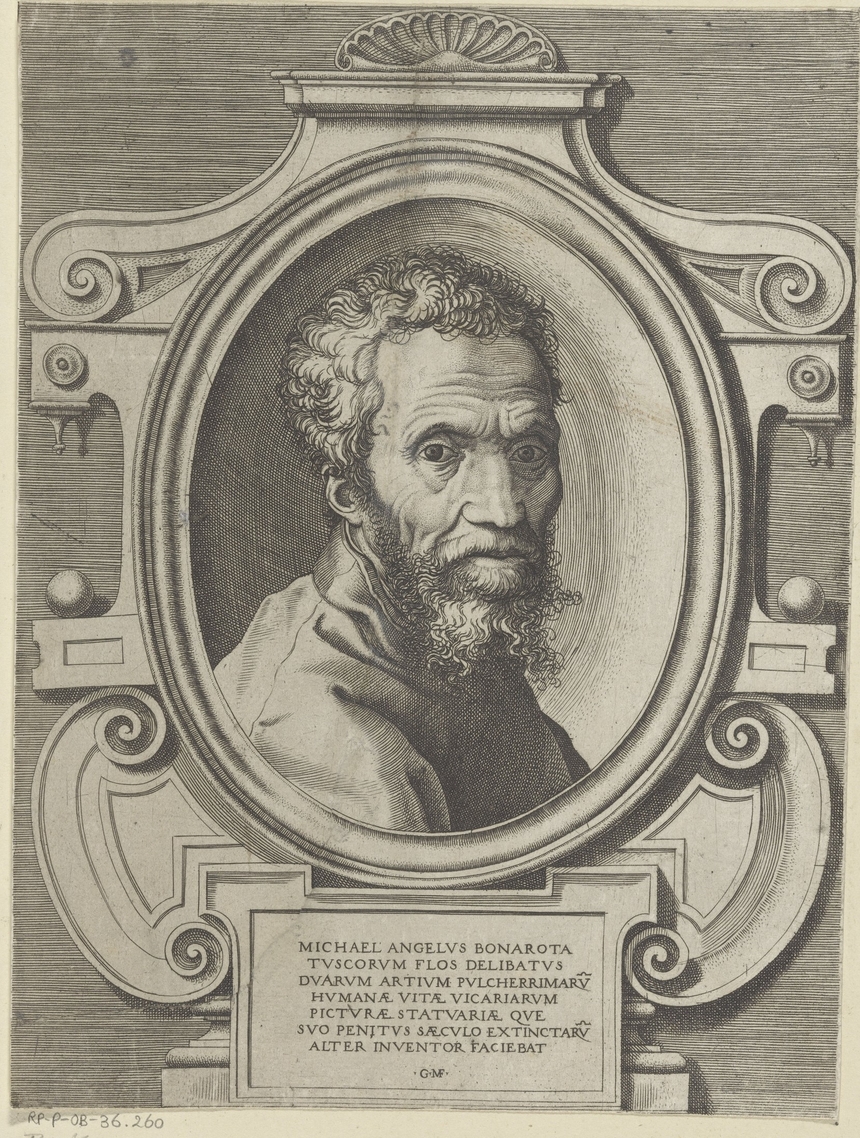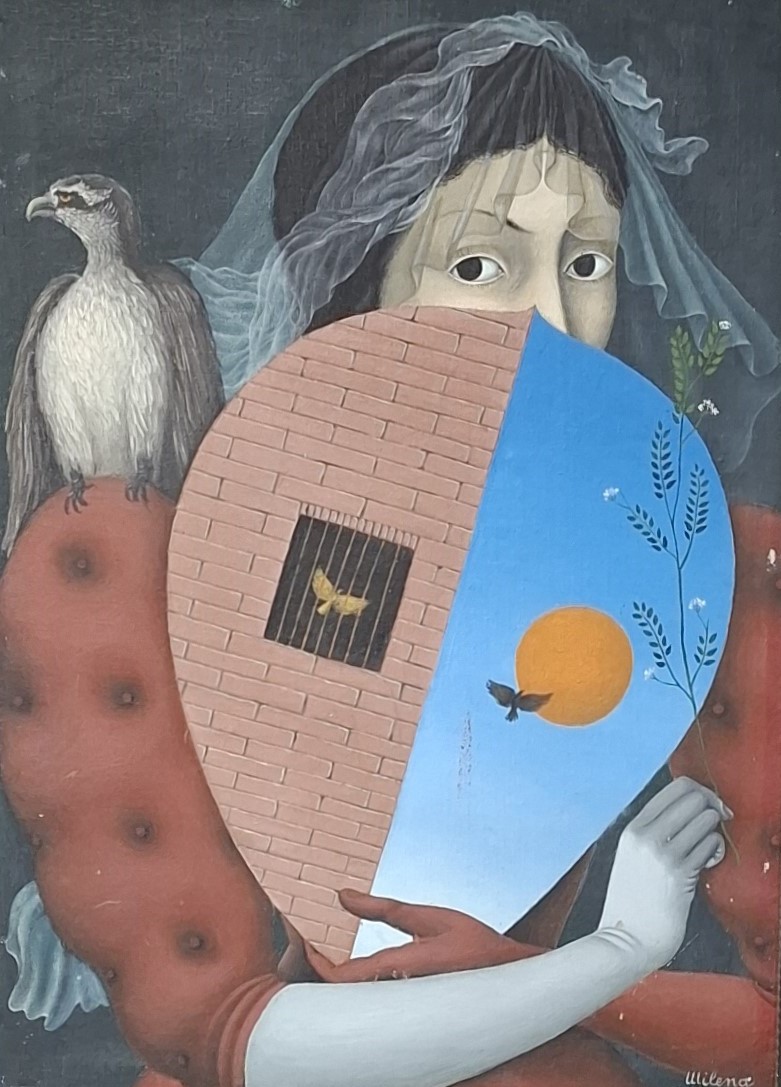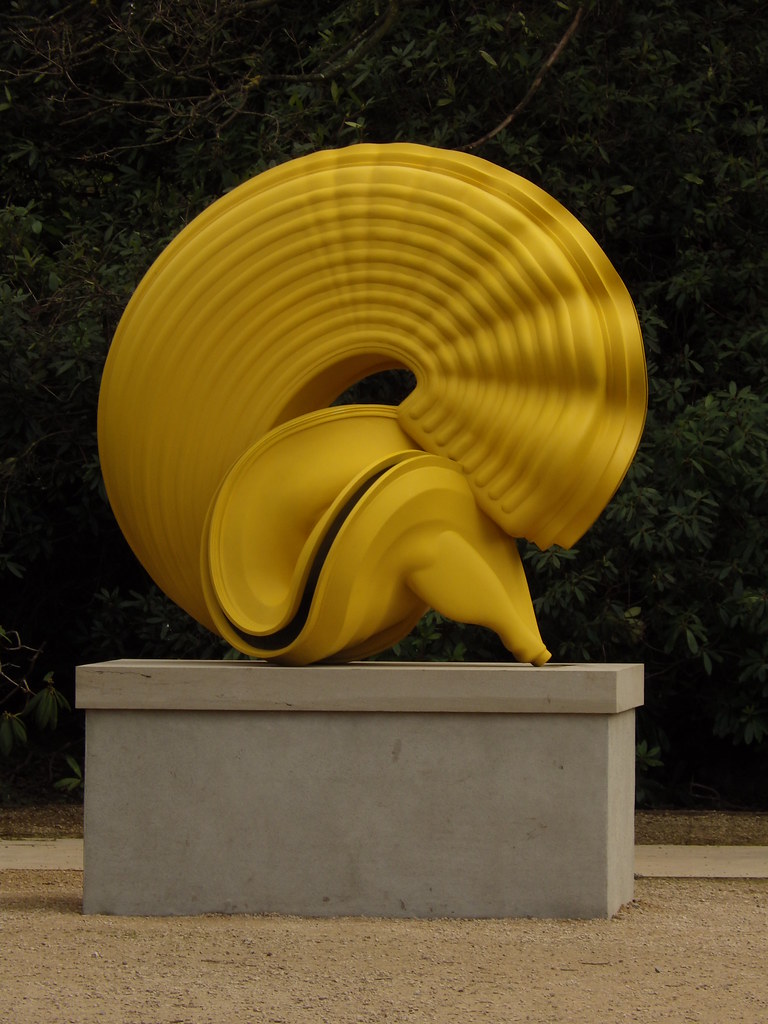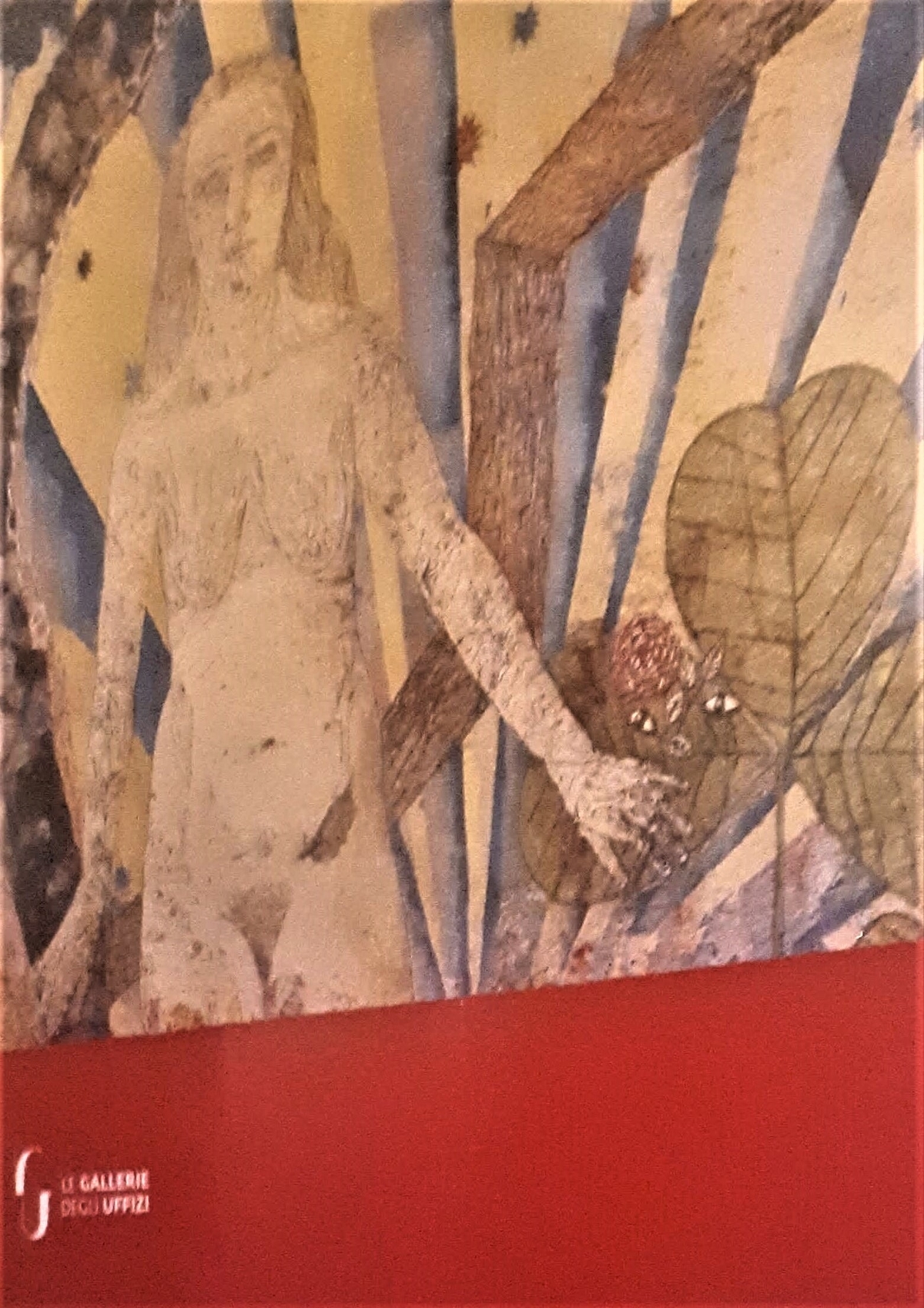
irenca je dom najvećeg broja remek-dela iz sveta umetnosti i arhitekture od kojih je najupečatljiviji deo stvorio Mikelanđelo Buonaroti. Slikar, vajar, arhitekta - Mikelanđelo dobija svoje prvo uporište u domu Medičijevih, vladajuće porodice Firence u periodu od skoro 200 godina. Život u krugu njihove porodice obezbedio mu je prostor za rad, a nama ostavio najveća remek- dela renesanse. Rastao je pod patronatom Lorenca de Medičija–Veličanstvenog zajedno sa njegovom decom. Stariji sin je kasnije postao Papa Leo X koji će biti naručilac Mikelanđelovih dela. Nakon oslikavanja svoda Sikstinske kapele u Vatikanu, vraća se u Firencu da bi radio na drugim komisijama. Tada započinje rad na Bazilici Sv. Lorenca.
The complex of the Basilica of St. Lorenzo in Florence
Mikelanđelo Buonaroti smestio je svoje remek-delo u ovoj Bazilici. Grubi zid od opeke zavarava svojom skromnošću.
The basilica (the name for the type of church) was designed by the famous architect Brunelleschi, and the interior and the Old Sacristy were built according to his designs. This was a priority for the patrons - the ruling Medici family. The old sacristy was built in 1440. The facade was not completed to this day.
Exactly on that solution Michelangelo was working when Pope Leo X was looking for an architect. His work was chosen, but construction did not take place. But Michelađelo got other projects within this complex - the Library of St. Lorenzo and the New Sacristy-chapel within the existing Basilica. The New sacristy was completed 100 years after the Old one.
Michelangelo's biography was published in 1553 by his student Ascanio Condivi. This biography is based mostly on Michelangelo's own recollections. Kondivi gives the following description:
“The sculptures are four in number, placed in the sacristy... the sarcophagi are placed in front of the side walls, and on the lids of each lean two large figures, larger than life, a man and a woman; they mark day and night, and also the time that consumes everything... To mark the time, he planned to make a mouse, leaving some marble on the sculpture (which he subsequently did not finish because circumstances prevented him), because this small animal constantly nibbles and consumes the same as time consumes everything. "
The description shows the concept of the interior arrangement of the New Sacristy - the Medici Chapel at the Basilica of St. Lorenzo in Florence.
The author played with the proportions, dimensions, and function of decorative interior elements on the walls. With this, he demonstrated that at that moment he was more of a sculptor than an architect who respected the canons of architectural style. He inherited the duotone from Brunelleschi and applied both of these settings to the Medici Chapel.
The interior space of the Medici chapel was designed as a space for meditation and is subordinated to sculpture. It has no pretensions to demonstrate superiority, it impresses with beauty.
Materialization of contrast
Mikelanđelo Buonaroti kreira svoje remek delo tako što postavlja na dva suprotna zida sarkofage sa skulpturama. Skulpture, alegorije vremena, predstavljaju dan i noć na jednom sarkofagu, i zoru i sumrak na drugom. Tu su sahranjena dva člana porodice Mediči. Alegorije vremena prikazane su kroz sukob muško ženske energije, gde je muška energija predstavljena kao pokretačka koja afirmiše i budi, a ženska kao opuštajuća i promišljajuća, umurujuća.
Above the sarcophagus are depicted idealized portraits of the deceased in military uniforms. Both figures have a directed view towards the entrance door on the wall of effortless aesthetics. On that wall are three sculptures with the Madonna in the center, and the patron saints, Cosima and Damian, are on each side.
Underneath these three sculptures is the simplest, almost imperceptible, sarcophagus of a member of the ruling family. He was more significant than the previous two deceased and he commissioned this chapel.
Ovo nam govori da Mikelanđelo Buonaroti nije pravio kompromise u svojim delima i nije dozvoljavao narušavanje njegove umetničke koncepcije. To znači čak i po cenu da vladar, Lorenco Veličanstveni (Lorenzo il Magnifico) završi u skromnijem sarkofagu.
The sculptures from the Medici Chapel are masterpieces of art history.
70 years later
The third, the Chapel of the Princes (Cappella dei Principi) was completely extended about 70 years later. This time the investor put his idea into action with the help of architect Matteo Nighetti.
In the New Sacristy, everything was done contrary to Michelangelo's and Brunelleske's chapel. The walls are covered with marble of a wide range of colors. To be able to carry out this complicated idea, a state workshop for marble, or hard stone, was created. The sarcophagi are oversized with the clear aim of making the visitor feel tiny compared to the deceased.
The dominance of the sculptures was taken over by the family coat of arms of the Medici family, which Michelangelo did not have at all. On the other hand, there were no sculptures here - only the coat of arms of the family.
The incredible power of the Medici family never crossed the line to make the work of artists and architects meaningless.
Their chapel solution relied on craftsmanship instead of authorship. It stands on an equal footing with the biggest names in architecture and art.
Visible layers of time

“Old sacristy dome” by virtusincertus is licensed under CC BY 2.0.

This building impressively demonstrates how architectural heritage was treated in the past. The work of predecessors was respected, but space was given to contemporary authors in which they could express their concepts and art.
The interior of all three domes best shows the diversity of the artistry of all authors.
Brunelleschi's dome is two-toned with visible linear supports.
Mikelanđelo Buonaroti je preuzeo poznatu matricu iz Panteona u Rimu. Kasetirana površina unutrašnjosti kupole, potpuno bele boje ponovo vraća fokus na ono što je bitno- a to su skulpture.
The third dome is completely painted and richly decorated with golden details.
Three domes in one building also speak of upgrading, and the need for growth. Such growth does not allow the influential artists of the past to be forgotten. Everyone has their place in time.
Visible deposits of time by definition belong to geology. This approach can be called GEOLOGICAL because it provides a section through time periods and shows the original architectural, author, and artistic expression of that time. It gives us an insight into the atmosphere of the time in which the work was created, the main artists, architects, and most successful people.
This is, in essence, the most spontaneous way of development on a small sample, even at the level of the urban environment.

“File:Giorgio Ghisi, after Marcello Venusti, Michelangelo Buonarroti, after 1564, NGA 48179.jpg” by Giorgio Ghisi, after Marcello Venusti is marked with CC0 1.0.







Pingback: Bazilika Svetog Lorenca u Firenci- projekat Mikelandjela ⋆ ARXXITEKTURA